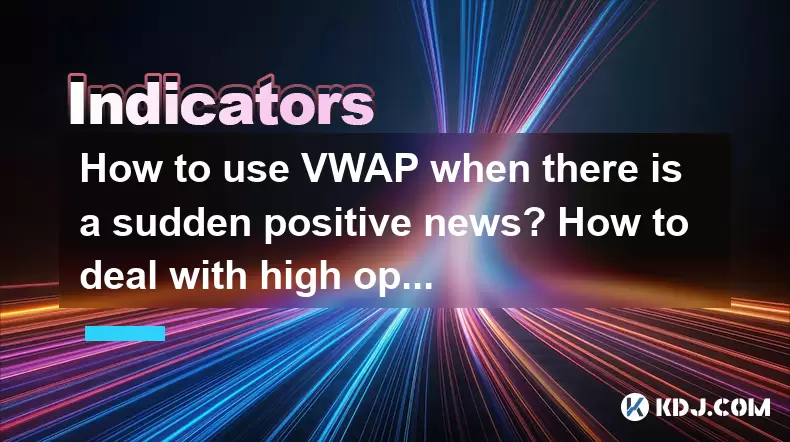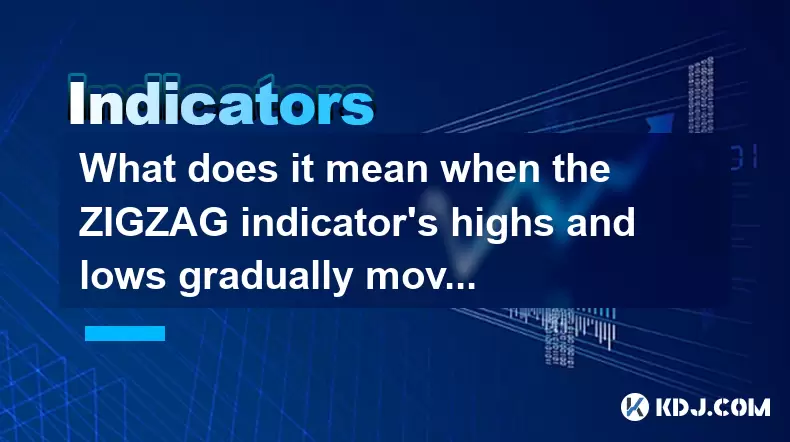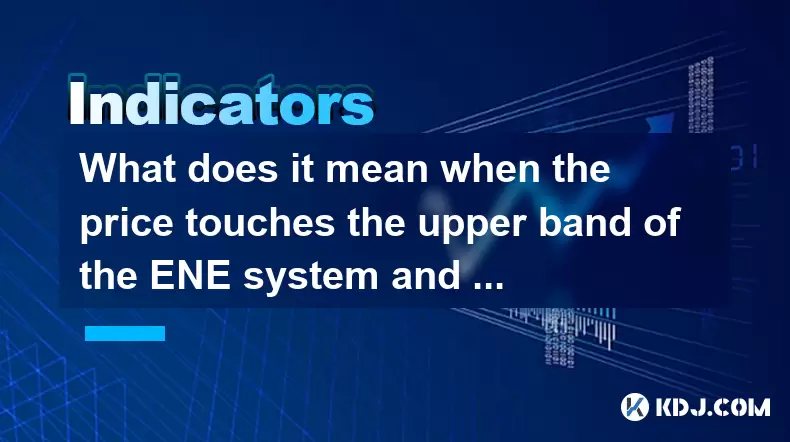-
 Bitcoin
Bitcoin $116600
0.12% -
 Ethereum
Ethereum $4259
5.24% -
 XRP
XRP $3.269
-0.80% -
 Tether USDt
Tether USDt $1.000
0.00% -
 BNB
BNB $805.6
1.49% -
 Solana
Solana $182.0
2.27% -
 USDC
USDC $0.9999
0.01% -
 Dogecoin
Dogecoin $0.2433
6.92% -
 TRON
TRON $0.3361
-0.83% -
 Cardano
Cardano $0.8176
2.77% -
 Hyperliquid
Hyperliquid $43.93
7.66% -
 Chainlink
Chainlink $21.35
9.11% -
 Stellar
Stellar $0.4516
-0.51% -
 Sui
Sui $3.953
2.85% -
 Bitcoin Cash
Bitcoin Cash $572.6
-2.63% -
 Hedera
Hedera $0.2665
1.63% -
 Avalanche
Avalanche $24.50
3.23% -
 Ethena USDe
Ethena USDe $1.001
0.01% -
 Litecoin
Litecoin $121.7
-3.25% -
 Toncoin
Toncoin $3.420
2.01% -
 UNUS SED LEO
UNUS SED LEO $9.006
0.22% -
 Shiba Inu
Shiba Inu $0.00001387
4.90% -
 Uniswap
Uniswap $10.99
-0.28% -
 Polkadot
Polkadot $4.134
4.21% -
 Dai
Dai $1.000
0.00% -
 Pepe
Pepe $0.00001243
4.80% -
 Bitget Token
Bitget Token $4.509
0.19% -
 Cronos
Cronos $0.1576
2.00% -
 Monero
Monero $275.8
1.20% -
 Ethena
Ethena $0.7594
15.99%
How to use VWAP when there is a sudden positive news? How to deal with high opening and low closing?
Use VWAP to gauge market sentiment after positive news; if price is above VWAP, consider selling, if below, it might be a buying opportunity.
May 22, 2025 at 02:07 am

How to Use VWAP When There is a Sudden Positive News? How to Deal with High Opening and Low Closing?
In the world of cryptocurrency trading, the Volume Weighted Average Price (VWAP) is a crucial tool for traders. It helps them gauge the average price at which a cryptocurrency has traded throughout the day, considering both volume and price. When sudden positive news hits the market, understanding how to use VWAP effectively can be the difference between capitalizing on the news and missing out on potential gains. Similarly, dealing with scenarios where the market opens high and closes low requires a strategic approach. This article will explore these topics in depth, providing detailed guidance for traders.
Understanding VWAP and Its Importance in Crypto Trading
VWAP is calculated by taking the total dollar value of trading in a specific period and dividing it by the total trading volume for that period. The formula for VWAP is:
[ \text{VWAP} = \frac{\sum (P_i \times V_i)}{\sum V_i} ]
Where ( P_i ) is the price of the trade and ( V_i ) is the volume of the trade. This metric is particularly useful in the cryptocurrency market due to its volatility and the high volume of trades.
Using VWAP effectively involves comparing the current market price to the VWAP. If the current price is above the VWAP, it suggests that the asset is trading at a premium, and vice versa. This information can guide traders in making buy or sell decisions.
Leveraging VWAP When Sudden Positive News Hits
When sudden positive news impacts the market, it often leads to a surge in trading volume and price volatility. Here’s how to use VWAP in such scenarios:
Monitor the VWAP closely: As soon as the positive news breaks, the price may spike. By monitoring the VWAP, you can determine whether the current price is a true reflection of the market's sentiment or if it's just a temporary spike.
Assess the volume surge: Positive news typically leads to increased trading volume. If the volume is significantly higher than usual, the VWAP will be more reliable. A high volume indicates strong market interest, making the VWAP a more accurate indicator.
Look for price-VWAP divergence: If the price is significantly above the VWAP following the news, it might suggest that the market is overreacting. This could be an opportunity to sell or take profits. Conversely, if the price is below the VWAP, it might indicate a buying opportunity, as the market might not have fully reacted to the news yet.
Use VWAP as a dynamic support/resistance level: After the initial spike, the VWAP can act as a dynamic support or resistance level. If the price pulls back to the VWAP and bounces off it, it could be a signal to buy. If the price breaks below the VWAP, it might be a sign to sell or wait for a better entry point.
Dealing with High Opening and Low Closing Prices
A scenario where the market opens high and closes low is indicative of bearish sentiment. Here’s how to navigate this situation:
Analyze the opening price relative to VWAP: If the market opens significantly above the VWAP, it might suggest that the opening price is overvalued. This could be a signal to sell early in the trading session.
Watch for bearish signals: If the price starts to decline after a high open, look for bearish candlestick patterns or technical indicators that confirm a downward trend. These could include moving average crossovers, RSI divergence, or bearish engulfing patterns.
Set stop-loss orders: To manage risk, set stop-loss orders below key support levels. If the price continues to fall, these orders can help limit losses.
Look for buying opportunities at the close: If the price closes low but still above the VWAP, it might suggest that the market has overcorrected. This could be an opportunity to buy, especially if the closing price is near a significant support level.
Strategies for Combining VWAP with Other Indicators
While VWAP is a powerful tool, combining it with other technical indicators can enhance its effectiveness. Here are some strategies:
Combine VWAP with Moving Averages: Use moving averages to confirm trends identified by the VWAP. For instance, if the price is above the VWAP and a long-term moving average, it strengthens the bullish case.
Integrate RSI with VWAP: The Relative Strength Index (RSI) can help identify overbought or oversold conditions. If the price is above the VWAP and the RSI is over 70, it might suggest that the asset is overbought and due for a correction.
Use Bollinger Bands alongside VWAP: Bollinger Bands can provide additional context about volatility. If the price is above the VWAP and also above the upper Bollinger Band, it might indicate an overextended market, suggesting a potential pullback.
Practical Example of Using VWAP with Sudden Positive News
Let's consider a practical example to illustrate how to use VWAP when sudden positive news hits the market. Suppose a major cryptocurrency project announces a significant partnership that boosts its value proposition. Here's how to proceed:
Initial Reaction: The price of the cryptocurrency jumps from $100 to $120 upon the news. The VWAP at the time of the announcement is $105.
Analysis: The price is significantly above the VWAP, suggesting a potential overreaction. The trading volume has tripled, indicating strong interest.
Strategy: Monitor the price closely. If it starts to pull back towards the VWAP, consider buying, as the market might be correcting the initial overreaction. If the price remains above the VWAP and continues to rise, consider holding or taking partial profits.
Monitoring: Keep an eye on the VWAP throughout the trading session. If the price breaks below the VWAP, reassess the situation. It might be a signal to sell or wait for a better entry point.
Dealing with High Opening and Low Closing in Practice
Now, let's look at a scenario where the market opens high and closes low. Suppose a cryptocurrency opens at $150, significantly above its VWAP of $130, and closes at $120.
Initial Assessment: The high opening price suggests an overvalued start. The VWAP indicates that the average trading price is lower.
Strategy: Consider selling early in the session if the price starts to decline. Set stop-loss orders below key support levels, such as $125.
Monitoring: Throughout the day, watch for bearish signals. If the price breaks below the VWAP and continues to fall, it might confirm a bearish trend.
Closing Opportunity: If the price closes at $120, but still above the VWAP, it might be an overcorrection. Look for buying opportunities, especially if the closing price is near a significant support level.
Frequently Asked Questions
Q: How can I use VWAP to identify potential entry and exit points in a volatile market?
A: In a volatile market, VWAP can serve as a dynamic support or resistance level. If the price is above the VWAP, it might indicate a potential entry point for buying, especially if the price pulls back to the VWAP and bounces off it. Conversely, if the price is below the VWAP, it could be an exit point for selling, particularly if the price breaks below the VWAP and continues to fall.
Q: What are the limitations of using VWAP in cryptocurrency trading?
A: VWAP has several limitations in cryptocurrency trading. It is most effective in intraday trading and loses relevance over longer periods. Additionally, VWAP can be less reliable in markets with low liquidity, as it heavily depends on trading volume. It also doesn't account for external factors like news or regulatory changes, which can significantly impact prices.
Q: How can I combine VWAP with other technical indicators to improve my trading strategy?
A: Combining VWAP with other technical indicators can enhance its effectiveness. For instance, using moving averages can help confirm trends identified by the VWAP. The RSI can provide insights into overbought or oversold conditions, while Bollinger Bands can offer context about volatility. By integrating these indicators, traders can develop a more robust trading strategy.
Q: Is VWAP more effective in certain types of cryptocurrency markets?
A: VWAP is particularly effective in markets with high liquidity and trading volume, as it provides a more accurate average price. It is less effective in markets with low liquidity, where trading volumes are sparse. Additionally, VWAP is more useful in intraday trading rather than for longer-term analysis, making it better suited for short-term trading strategies in volatile cryptocurrency markets.
Disclaimer:info@kdj.com
The information provided is not trading advice. kdj.com does not assume any responsibility for any investments made based on the information provided in this article. Cryptocurrencies are highly volatile and it is highly recommended that you invest with caution after thorough research!
If you believe that the content used on this website infringes your copyright, please contact us immediately (info@kdj.com) and we will delete it promptly.
- Solana Meme Coin Presales: Hype or the Next Big Thing?
- 2025-08-10 02:50:12
- Pi Network, Altcoin Season, and Breakout Tokens: What's Hot in 2025?
- 2025-08-10 02:50:12
- Decoding Crypto Presales: Is Cold Wallet the New Neo Pepe?
- 2025-08-10 02:30:12
- PEPE's Moonshot Ambitions: Will the Memecoin Rally Continue?
- 2025-08-10 03:50:11
- Dogecoin, ROI, and the Meme Coin Mania: Is Little Pepe the Next Big Thing?
- 2025-08-10 03:50:11
- Cryptos, 2025, Market Caps: Riding the Next Wave
- 2025-08-10 02:30:12
Related knowledge

What does it mean when the price is trading above the SAR indicator but the red dots are densely packed?
Aug 09,2025 at 11:49pm
Understanding the SAR Indicator and Its Visual SignalsThe SAR (Parabolic Stop and Reverse) indicator is a technical analysis tool used primarily to de...

What does it mean when the MACD histogram continues to shorten but the price reaches a new high?
Aug 09,2025 at 09:29pm
Understanding the MACD Histogram and Its ComponentsThe MACD (Moving Average Convergence Divergence) indicator is a widely used technical analysis tool...

What does it mean when the Triple Moving Average (TRIX) turns downward but the price doesn't fall?
Aug 09,2025 at 12:42pm
Understanding the Triple Moving Average (TRIX) IndicatorThe Triple Moving Average, commonly known as TRIX, is a momentum oscillator designed to filter...

What does it mean when the 10-day and 30-day moving averages repeatedly intertwine?
Aug 10,2025 at 02:42am
Understanding Moving Averages in Cryptocurrency TradingMoving averages are among the most widely used technical indicators in the cryptocurrency tradi...

What does it mean when the ZIGZAG indicator's highs and lows gradually move downwards?
Aug 10,2025 at 02:14am
Understanding the ZIGZAG Indicator in Cryptocurrency TradingThe ZIGZAG indicator is a popular technical analysis tool used by cryptocurrency traders t...

What does it mean when the price touches the upper band of the ENE system and then falls back?
Aug 10,2025 at 12:42am
Understanding the ENE Indicator StructureThe ENE (Envelope) indicator is a technical analysis tool used in cryptocurrency trading to identify potentia...

What does it mean when the price is trading above the SAR indicator but the red dots are densely packed?
Aug 09,2025 at 11:49pm
Understanding the SAR Indicator and Its Visual SignalsThe SAR (Parabolic Stop and Reverse) indicator is a technical analysis tool used primarily to de...

What does it mean when the MACD histogram continues to shorten but the price reaches a new high?
Aug 09,2025 at 09:29pm
Understanding the MACD Histogram and Its ComponentsThe MACD (Moving Average Convergence Divergence) indicator is a widely used technical analysis tool...

What does it mean when the Triple Moving Average (TRIX) turns downward but the price doesn't fall?
Aug 09,2025 at 12:42pm
Understanding the Triple Moving Average (TRIX) IndicatorThe Triple Moving Average, commonly known as TRIX, is a momentum oscillator designed to filter...

What does it mean when the 10-day and 30-day moving averages repeatedly intertwine?
Aug 10,2025 at 02:42am
Understanding Moving Averages in Cryptocurrency TradingMoving averages are among the most widely used technical indicators in the cryptocurrency tradi...

What does it mean when the ZIGZAG indicator's highs and lows gradually move downwards?
Aug 10,2025 at 02:14am
Understanding the ZIGZAG Indicator in Cryptocurrency TradingThe ZIGZAG indicator is a popular technical analysis tool used by cryptocurrency traders t...

What does it mean when the price touches the upper band of the ENE system and then falls back?
Aug 10,2025 at 12:42am
Understanding the ENE Indicator StructureThe ENE (Envelope) indicator is a technical analysis tool used in cryptocurrency trading to identify potentia...
See all articles

























































































